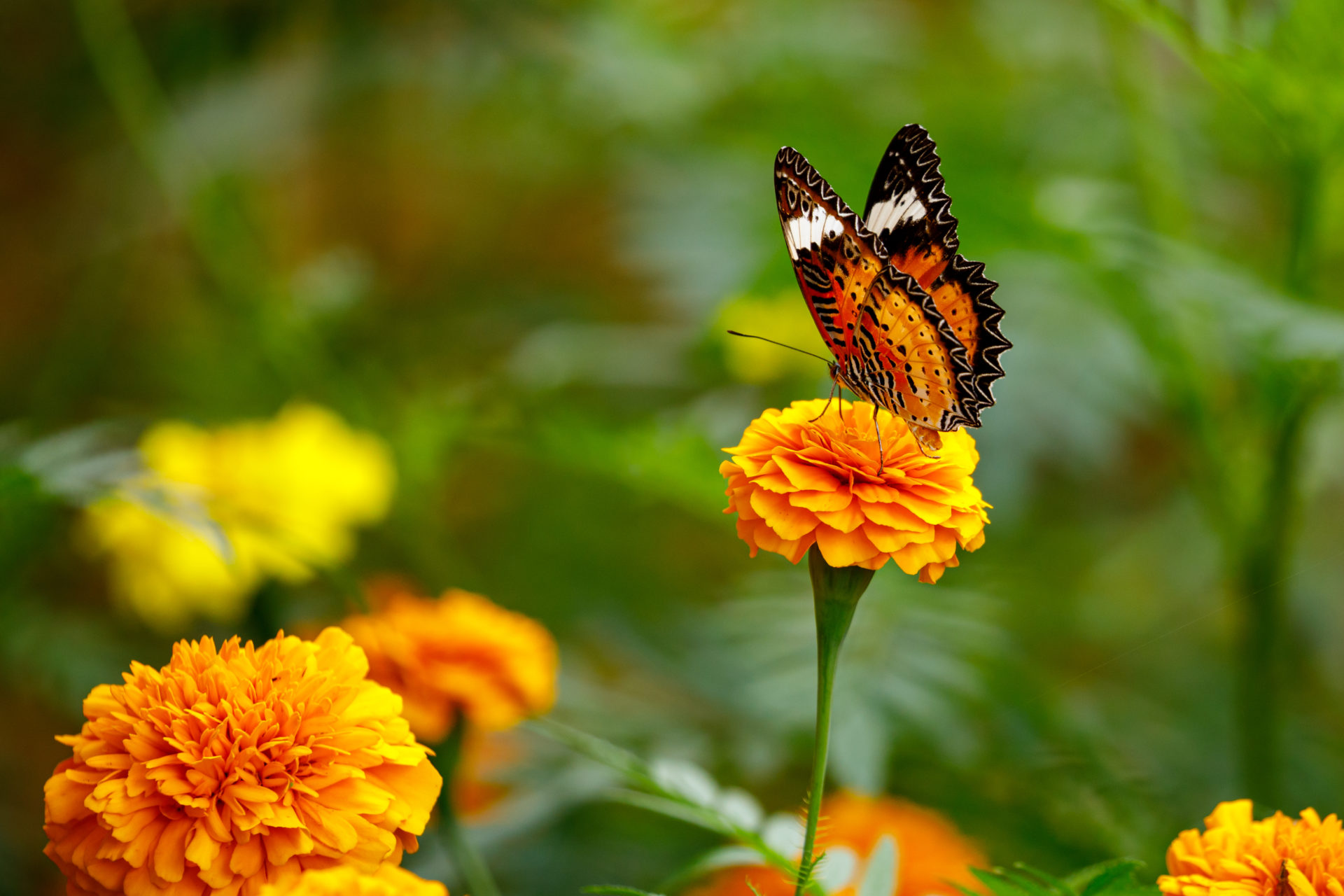

Articles
How To Create Butterfly Garden
Modified: October 20, 2024
Learn the art of gardening and create your own beautiful butterfly garden. Discover expert tips, tricks, and techniques for successful gardening.
(Many of the links in this article redirect to a specific reviewed product. Your purchase of these products through affiliate links helps to generate commission for Storables.com, at no extra cost. Learn more)
Introduction
Welcome to the wonderful world of butterfly gardening! Creating a butterfly garden is not only a beautiful addition to your outdoor space but also a way to support and attract these magnificent creatures to your surroundings. Imagine vibrant colors fluttering around in your garden as butterflies dance from flower to flower, bringing joy and a sense of tranquility.
Butterfly gardens are not only aesthetically pleasing but also serve an important purpose in conserving butterfly populations and providing them with a habitat to thrive. These gardens are designed specifically to attract and support butterflies at every stage of their lifecycle, from breeding and feeding to resting and sheltering.
In this article, we will guide you through the step-by-step process of creating your very own butterfly garden. We will cover everything from selecting the right location and researching butterfly-friendly plants to providing essential elements like water sources, shelter, and resting spots. With these tips, you can create a haven for butterflies and enjoy their mesmerizing presence in your garden.
So, let’s roll up our sleeves and get ready to embark on this delightful gardening adventure!
Key Takeaways:
- Creating a butterfly garden involves selecting the right location, researching butterfly-friendly plants, preparing the soil, choosing the right plants, planting, providing water sources, shelter, and maintaining the garden to support butterfly populations.
- By embracing biodiversity, avoiding pesticides, and providing essential elements like water, shelter, and nectar-rich flowers, you can create a captivating and sustainable butterfly haven that supports conservation efforts and brings endless joy.
Read more: Creating A Butterfly Garden In Your Backyard
Step 1: Selecting the right location for your butterfly garden
When it comes to creating a butterfly garden, choosing the right location is crucial. Butterflies are cold-blooded creatures that rely on sunlight to warm their wings and bodies. Therefore, it’s essential to select a spot that receives ample sunlight throughout the day.
Here are a few tips to help you select the perfect location for your butterfly garden:
- Find an area with full sun exposure: Look for a spot in your yard or garden that gets at least 6 hours of direct sunlight. Butterflies are attracted to warm and sunny areas, so it’s important to provide them with plenty of sunlight.
- Provide wind protection: While butterflies love the sun, they also need some protection from strong winds. Choose a location where your garden is shielded by trees, shrubs, or fences, which can act as windbreakers and provide a more favorable environment for butterflies.
- Consider the proximity to water sources: Butterflies need access to water for drinking and moisture. If possible, select a location near a water source such as a pond, birdbath, or even a shallow dish filled with water. This will attract butterflies to your garden and provide them with an essential element for their survival.
- Take into account the existing vegetation: Look for a spot that has some existing vegetation, such as trees, bushes, or flowers. These natural elements will not only provide additional shelter and resting areas for butterflies but also serve as food sources for their caterpillars.
By considering these factors, you can find a suitable location for your butterfly garden that meets the needs of these delicate creatures. Remember, the goal is to create a welcoming habitat that attracts and supports butterflies throughout their lifecycle.
Step 2: Researching butterfly-friendly plants
Now that you have selected the ideal location for your butterfly garden, it’s time to research and choose the right plants that will act as magnets for these beautiful creatures. Butterflies have specific preferences when it comes to their nectar sources and host plants for their caterpillars.
Here are some key points to consider when researching butterfly-friendly plants:
- Choose nectar-rich flowers: Butterflies are attracted to flowers that provide plenty of nectar, their primary food source. Look for species with bright, showy blooms such as zinnias, marigolds, coneflowers, and butterfly bush. Be sure to select a variety that blooms throughout the growing season to provide a continuous source of nectar for butterflies.
- Include host plants: Host plants are where female butterflies lay their eggs, and the resulting caterpillars feed on the foliage. Research which butterfly species are native to your area and include host plants that cater to their specific needs. For example, milkweed is a popular host plant for monarch butterflies, while parsley and dill attract swallowtails.
- Go native: Using native plants in your butterfly garden is essential for attracting local butterfly species. Native plants have evolved to thrive in your region’s climate and soil conditions, making them a natural choice for butterflies. Consult with local garden centers, cooperative extension offices, or butterfly societies to identify suitable native plants for your area.
- Vary plant heights and shapes: Butterflies come in various sizes, so it’s essential to include plants of different heights and shapes in your garden. This diversity allows butterflies of all sizes to access the nectar easily and find suitable perching and resting spots.
- Avoid pesticides: Butterflies are extremely sensitive to pesticides, so it’s important to avoid using them in your garden. Instead, embrace organic gardening practices and natural pest control methods to prevent harm to these delicate insects.
Don’t forget to consider the color palette of your chosen plants. Butterflies are attracted to bright, vivid colors such as red, orange, yellow, and purple. Planting flowers in clusters of the same color can be particularly appealing to butterflies, making it easier for them to spot their desired nectar sources.
By thoroughly researching butterfly-friendly plants and incorporating a variety of nectar-rich flowers and host plants, you will create an enticing buffet and sanctuary for butterflies in your garden. Stay tuned for the next step in our journey to creating a butterfly garden!
Step 3: Preparing the soil for planting
Before you start planting your butterfly garden, it’s important to prepare the soil to provide the best growing conditions for your chosen plants. Healthy soil is vital for the successful establishment and growth of your butterfly-friendly plants.
Follow these steps to prepare the soil for your butterfly garden:
- Remove any existing weeds or grass: Start by clearing the area of weeds, grass, and any other unwanted vegetation. These competitors can steal nutrients and space from your butterfly plants. Use a garden spade or a hoe to remove them effectively.
- Amend the soil: Depending on the quality of your soil, you may need to amend it to improve its fertility, drainage, and overall composition. Add organic matter such as compost, well-rotted manure, or peat moss to enrich the soil and enhance its structure. This will provide a nutrient-rich foundation for your plants to thrive.
- Test the soil pH: It’s essential to determine the pH level of your soil before planting. Most butterfly-friendly plants prefer a slightly acidic to neutral pH. You can use a soil testing kit or send a sample to a local agricultural extension office for analysis. If the pH is off, you can adjust it by adding lime to raise the pH or sulfur to lower it.
- Loosen the soil: Use a garden fork or a tiller to loosen the soil to a depth of 8-12 inches. This will help improve aeration and drainage, allowing the plant roots to penetrate the soil easily.
- Remove large debris: Now is the time to remove any large rocks, sticks, or other debris that may hinder the growth of your butterfly plants. Clear the area thoroughly to create a clean and tidy planting bed.
- Level the soil: Take a rake and level the soil surface, smoothing out any uneven areas. This will ensure that water is distributed evenly and prevent any pooling or drainage issues.
By following these steps, you will create a healthy and fertile planting environment for your butterfly garden. Remember, healthy soil sets the stage for vibrant and thriving plants that will attract and support a wide variety of butterflies.
Now that you have prepared the soil, it’s time to move on to the exciting part – choosing the perfect plants for your butterfly garden! Stay tuned for the next step in our journey towards creating a delightful butterfly haven.
Step 4: Choosing the right plants for your butterfly garden
Now that you have prepared the soil, it’s time to dive into the exciting process of choosing the perfect plants for your butterfly garden. The right selection of plants will not only attract butterflies but also provide them with an abundant source of nectar and host plants for their caterpillars.
Consider the following factors when choosing plants for your butterfly garden:
- Bloom time: Select plants that bloom at different times throughout the growing season. This ensures a continuous and reliable source of nectar for butterflies. Choose early bloomers, mid-season bloomers, and late bloomers to cater to a wide range of butterfly species.
- Native plants: Opt for native plants in your region, as they are well-adapted to the local climate and provide familiarity for local butterflies. Native plants also support a broader range of native pollinators and wildlife, creating a more biodiverse ecosystem in your garden.
- Plant diversity: Include a variety of plant types in your butterfly garden. Different butterflies have different preferences for flower shapes and sizes. Mix flowers with shallow blooms, like daisies and asters, along with flowers with tubular blooms, such as salvias and honeysuckles. This will accommodate a wide range of butterfly species.
- Host plants: Research the specific host plants that cater to the butterflies native to your area. These plants will provide food and habitat for butterfly larvae and caterpillars. For example, milkweed is a host plant for monarch butterflies, while parsley and fennel attract swallowtails.
- Consider height: Choose plants of varying heights to provide different perching spots and create a visually appealing garden. Taller plants like sunflowers and butterfly bushes can act as focal points, while shorter plants like marigolds and verbena can provide lower perching spots for butterflies.
- Color and fragrance: Butterflies are attracted to bright, vivid colors such as red, orange, yellow, and purple. Include plants with these colors to catch the attention of butterflies. Additionally, some butterfly-friendly plants emit fragrances that can help attract them, so consider adding scented plants like lavender, sage, or bee balm.
Don’t be afraid to experiment and get creative with your plant choices. Observe which plants attract the most butterflies in your garden and make notes for future reference. This will help you fine-tune your selection over time to create an even more enticing and vibrant butterfly habitat.
Remember, a diverse range of plants will attract a diverse range of butterfly species, so aim for a garden that offers something for everyone. With the right plant selection, your butterfly garden will become a captivating and inviting space for these beautiful creatures to thrive.
In the next step, we will guide you through the process of planting your chosen butterfly-friendly plants. So, let’s get ready to bring your butterfly garden to life!
Choose a variety of nectar-rich flowers to attract butterflies, such as milkweed, coneflower, and butterfly bush. Plant in a sunny spot with shelter from wind.
Step 5: Planting your butterfly garden
Now that you have chosen the perfect plants for your butterfly garden, it’s time to roll up your sleeves and start planting! Proper planting techniques will ensure that your plants establish well and provide a thriving habitat for butterflies.
Follow these steps to plant your butterfly garden:
- Prepare the planting holes: Dig holes in the prepared soil that are slightly larger than the root ball of the plants you are planting. Make sure the holes are deep enough to accommodate the entire root system.
- Space the plants correctly: Pay attention to the recommended spacing guidelines provided on the plant tags or labels. This will ensure that your plants have enough room to spread and grow without overcrowding each other.
- Handle the plants carefully: Gently remove the plants from their containers, taking care not to disturb the roots too much. If the roots are tightly bound, loosen them slightly with your fingers to promote healthy root growth.
- Place the plants in the holes: Carefully place each plant in its designated hole, making sure it is positioned at the same depth as it was in the container. The top of the root ball should sit slightly above the soil level to prevent the plant from suffocating.
- Backfill the holes: Fill the holes with the amended soil, gently pressing it around the roots to eliminate air pockets. Make sure the soil is firm but not excessively compacted.
- Water the newly planted garden: Give your newly planted butterfly garden a thorough watering. This will help settle the soil around the roots and ensure that the plants have enough moisture to kickstart their growth. Water deeply but avoid overwatering, as this can lead to root rot.
- Mulch the garden: Apply a layer of organic mulch around the base of the plants. This will help retain moisture, regulate the soil temperature, and suppress the growth of weeds. Keep the mulch a few inches away from the stems to prevent rotting.
- Provide support if needed: For taller plants like sunflowers or butterfly bushes, consider providing support such as stakes or cages to prevent them from toppling over during heavy rains or strong winds.
After planting, continue to water your butterfly garden regularly, especially during dry spells or hot summer days. Monitor the growth of your plants and make adjustments as needed, such as pruning or staking, to promote healthy growth and maintain an aesthetically pleasing garden.
Now that your plants are in the ground, it’s time to move on to the next step – providing water sources for your butterfly garden. Stay tuned to learn how to create a refreshing oasis for butterflies in your garden!
Step 6: Providing water sources for butterflies
Water is essential for the survival and well-being of butterflies. Providing a reliable water source in your butterfly garden will not only attract these beautiful creatures but also offer them a place to drink and cool off during hot summer days.
Here are some tips for creating water sources for butterflies:
- Birdbaths: Place a shallow birdbath in your garden filled with clean, fresh water. Make sure the water level is shallow enough for butterflies to land and access the water easily. Add some pebbles or rocks to the birdbath to provide extra perching spots for butterflies.
- Puddling areas: Butterflies also enjoy puddling, which is the act of gathering on damp soil or wet sand to extract minerals and nutrients. Create a designated area in your garden by digging a shallow hole and filling it with a mixture of sand and soil. Keep the area moist by watering it regularly or allowing rainwater to accumulate.
- Misting or sprinklers: Set up a gentle misting system or use a low-pressure sprinkler to create a fine spray of water in your garden. Butterflies are attracted to the droplets and will come to drink from them. Make sure to avoid strong, forceful sprays that could harm delicate butterfly wings.
- Wet rocks or sponges: Place a few flat rocks or sponges in a shallow dish filled with water. The rocks or sponges will absorb the water and provide a damp surface for butterflies to perch on and drink from.
- Plant saucers or shallow dishes: Fill plant saucers or shallow dishes with water and place them strategically throughout your garden. You can even add colorful pebbles or floating flowers to make them more visually appealing to butterflies.
Remember to keep the water sources clean and fresh. Change the water regularly to prevent the buildup of dirt, debris, or mosquitoes. Providing a clean and consistent water source will entice butterflies to visit your garden and enhance their overall experience.
Now that you have provided water sources, it’s time to move on to the next step – creating shelter and resting spots for butterflies. Stay tuned to discover how to make your garden a comfortable haven for these enchanting creatures.
Step 7: Providing shelter and resting spots
Creating shelter and resting spots in your butterfly garden is essential for the well-being of butterflies. These areas offer protection from predators, extreme weather conditions, and provide safe spaces for butterflies to rest, bask in the sun, or even spend the night.
Consider the following tips for providing shelter and resting spots in your butterfly garden:
- Provide dense vegetation: Plant shrubs, bushes, and tall grasses to create dense areas that offer shelter and protection for butterflies. These plants act as windbreakers, provide shade during hot days, and serve as sturdy perching spots for butterflies.
- Include tall grasses or ornamental grasses: Grasses such as switchgrass, little bluestem, or purple love grass not only add texture and visual interest to your garden but also provide excellent resting spots for butterflies. Their wispy foliage and upright stems offer places for butterflies to rest and take refuge.
- Plant trees for vertical structure: Trees not only provide shade but also act as natural perches and shelter for butterflies. Choose trees with open branching habits, such as dogwood or birch, which offer ample space for butterflies to bask in the sun or rest.
- Create rock piles or walls: Arrange rocks or stones of various sizes in a pile or create a rock wall in your garden. These structures provide ideal nooks and crevices for butterflies to rest, hide from predators, or seek shelter during unfavorable weather conditions.
- Add butterfly houses or shelters: Install butterfly houses or shelters in your garden to provide additional protection and resting spots. These structures mimic natural crevices and cavities where butterflies can seek refuge, especially during cooler temperatures or windy days.
- Leave a patch of bare ground: Butterflies also appreciate bare ground or open areas where they can bask in the warm sun or lay their eggs. Avoid over-mulching or covering every inch of the soil to provide these open spaces.
Remember to arrange the sheltered areas strategically throughout your butterfly garden, ensuring there are options in both sunny and shaded areas. Creating a variety of microclimates will cater to different butterfly preferences and provide options for butterflies throughout the day.
By incorporating these shelter and resting spots, you will create a welcoming and secure environment for butterflies to seek refuge, rest their wings, and recharge their energy.
Now that you have provided shelter and resting spots, it’s time for the final step – maintaining and caring for your butterfly garden. Stay tuned to discover how to keep your garden healthy and thriving for the butterflies to enjoy.
Step 8: Maintaining and caring for your butterfly garden
Congratulations on creating your beautiful butterfly garden! Now, it’s important to maintain and care for it to ensure that it remains a thriving habitat for butterflies. Regular maintenance will help keep your garden healthy, attractive, and inviting for these mesmerizing creatures.
Here are some essential tips for maintaining and caring for your butterfly garden:
- Watering: Water your garden regularly, especially during dry spells or hot summer days. Aim to keep the soil evenly moist, ensuring that it’s not overly saturated or too dry. Adjust the watering schedule based on weather conditions and the specific needs of your plants.
- Weeding: Keep an eye out for weeds that may compete with your butterfly-friendly plants for nutrients, water, and space. Regularly remove weeds by hand or using gardening tools, taking care not to disturb the roots of your desired plants.
- Pruning: Prune your butterfly plants as needed to promote healthy growth, maintain their shape, and remove any dead or diseased parts. Pruning also encourages more branching and flowering, providing a continuous source of nectar for butterflies.
- Monitor pests: Keep an eye out for any pests that may affect your butterfly plants. Use organic pest control methods, such as handpicking or spraying with insecticidal soap, to minimize damage while avoiding harm to butterflies and other beneficial insects.
- Provide supplemental food: In addition to nectar-rich flowers, you can provide supplemental food sources for butterflies. Create a sugar-water solution by dissolving 4 parts water and 1 part sugar. Soak a clean sponge in the solution and place it on a shallow dish in your garden. This can provide a quick and easily accessible energy boost for butterflies.
- Encourage biodiversity: Embrace biodiversity in your garden by incorporating a variety of plants, including native species. This will attract a wide range of butterfly species and promote a healthy ecosystem. Avoid using chemical pesticides that can harm butterflies and other beneficial insects.
- Observe and learn: Take the time to observe the behavior of butterflies in your garden. By learning about butterfly species and their life cycles, you can better understand their needs and make adjustments to your garden accordingly. Capture the magic by photographing or simply appreciating their graceful presence.
- Seasonal care: Pay attention to seasonal changes and adjust your garden care accordingly. In colder climates, you may need to protect the garden during winter by covering plants or moving potted plants indoors. In warmer regions, ensure adequate shade during hot summer months to prevent stress on plants and butterflies.
By staying dedicated to the maintenance and care of your butterfly garden, you will create an inviting and sustainable habitat for butterflies to flourish. Enjoy the mesmerizing beauty of these gentle creatures as they visit your garden!
Now that you have reached the end of our guide, take pride in your incredible accomplishment – you now have a thriving butterfly garden that not only enhances the beauty of your outdoor space but also supports the conservation of these magnificent insects.
Continue to learn, explore, and enjoy the wonders of your butterfly garden. Share your knowledge and experience with others, inspiring them to create their own butterfly havens. Together, we can make a positive impact on butterfly populations and contribute to the preservation of these delicate and vital pollinators.
Happy gardening and may your butterfly garden bring you endless joy and fascination!
Conclusion
Congratulations on completing your journey to create a stunning and enchanting butterfly garden! By following the steps outlined in this guide, you have not only created a beautiful outdoor space but also provided a safe haven for butterflies to thrive and flourish.
A butterfly garden is a wonderful way to connect with nature, observe the fascinating life cycles of these magnificent insects, and contribute to their conservation. It’s a rewarding experience to witness the vibrant colors, delicate fluttering, and graceful dance of butterflies as they visit your garden.
Remember, maintaining your butterfly garden is an ongoing process. Regular care, including watering, weeding, pruning, and providing supplemental food, will ensure the health and vitality of your garden. Embrace biodiversity, avoid harmful pesticides, and continue to learn about different butterfly species to enhance your understanding and appreciation.
Your butterfly garden also serves as a thriving ecosystem, attracting other pollinators, beneficial insects, and even birds. You have created a miniature paradise filled with life, beauty, and ecological balance.
Don’t forget to take a moment to relax and enjoy the serenity that your butterfly garden provides. Observe the delicate movements of butterflies, listen to the gentle buzz of bees, and take in the sweet fragrance of nectar-filled flowers. Let the tranquility and natural wonders of your garden uplift your spirits and rejuvenate your soul.
Share your knowledge and passion for butterfly gardening with others, inspiring them to create their own sanctuaries. Together, we can make a positive impact on butterfly populations and contribute to the preservation of these vital pollinators.
Thank you for embarking on this journey to create a butterfly garden. May your garden continue to thrive, bringing joy, beauty, and a deeper connection with nature for years to come.
Frequently Asked Questions about How To Create Butterfly Garden
Was this page helpful?
At Storables.com, we guarantee accurate and reliable information. Our content, validated by Expert Board Contributors, is crafted following stringent Editorial Policies. We're committed to providing you with well-researched, expert-backed insights for all your informational needs.
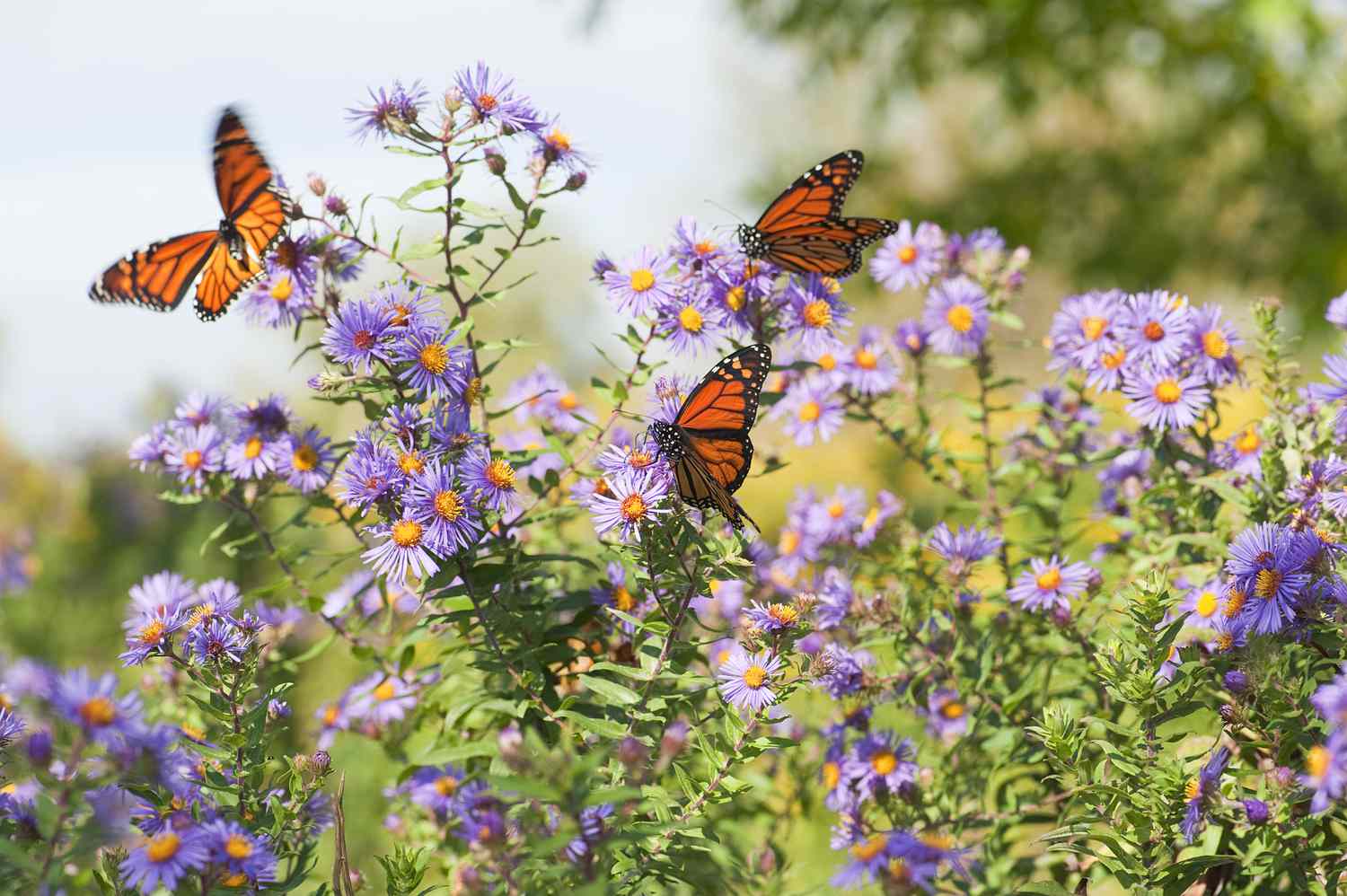
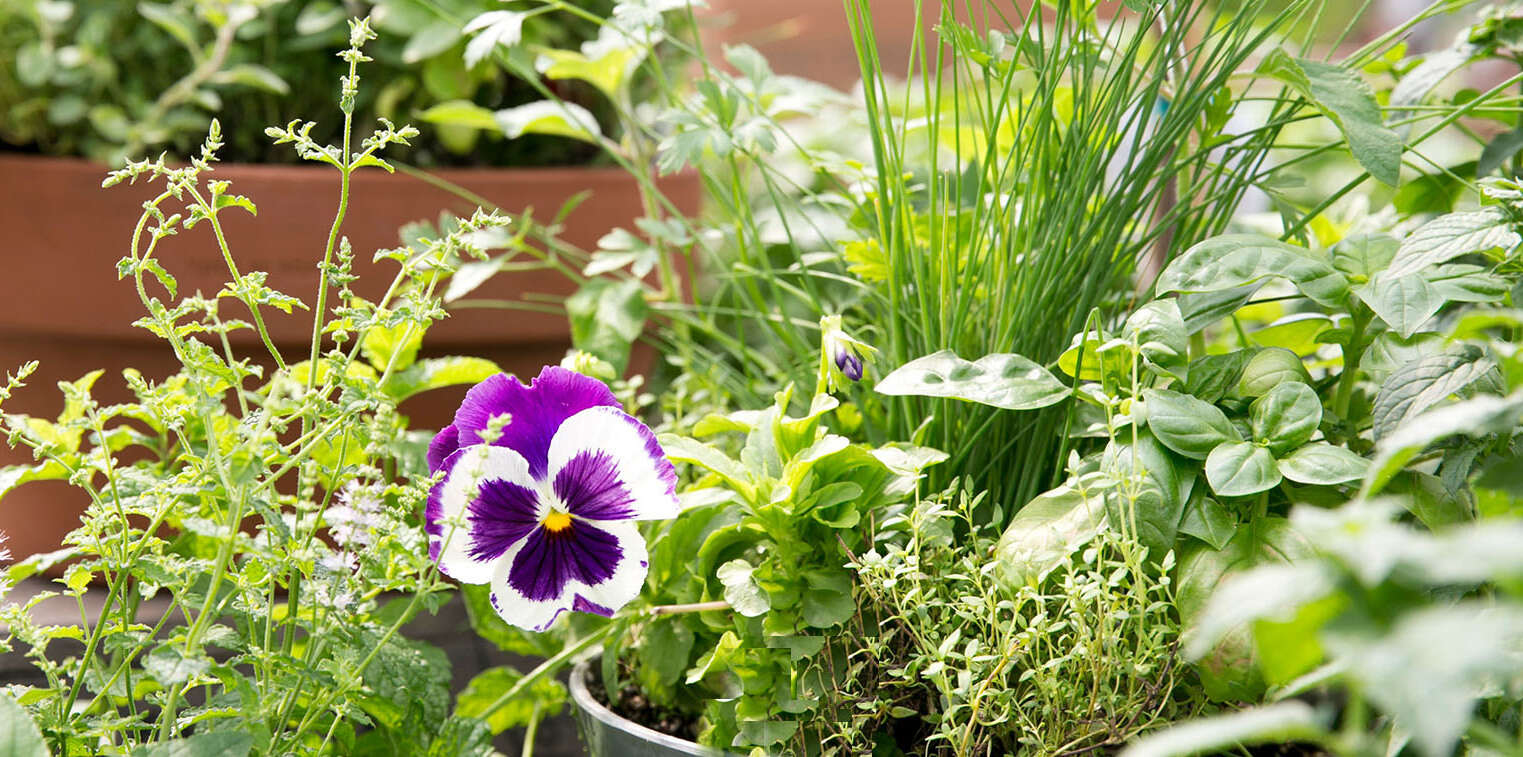
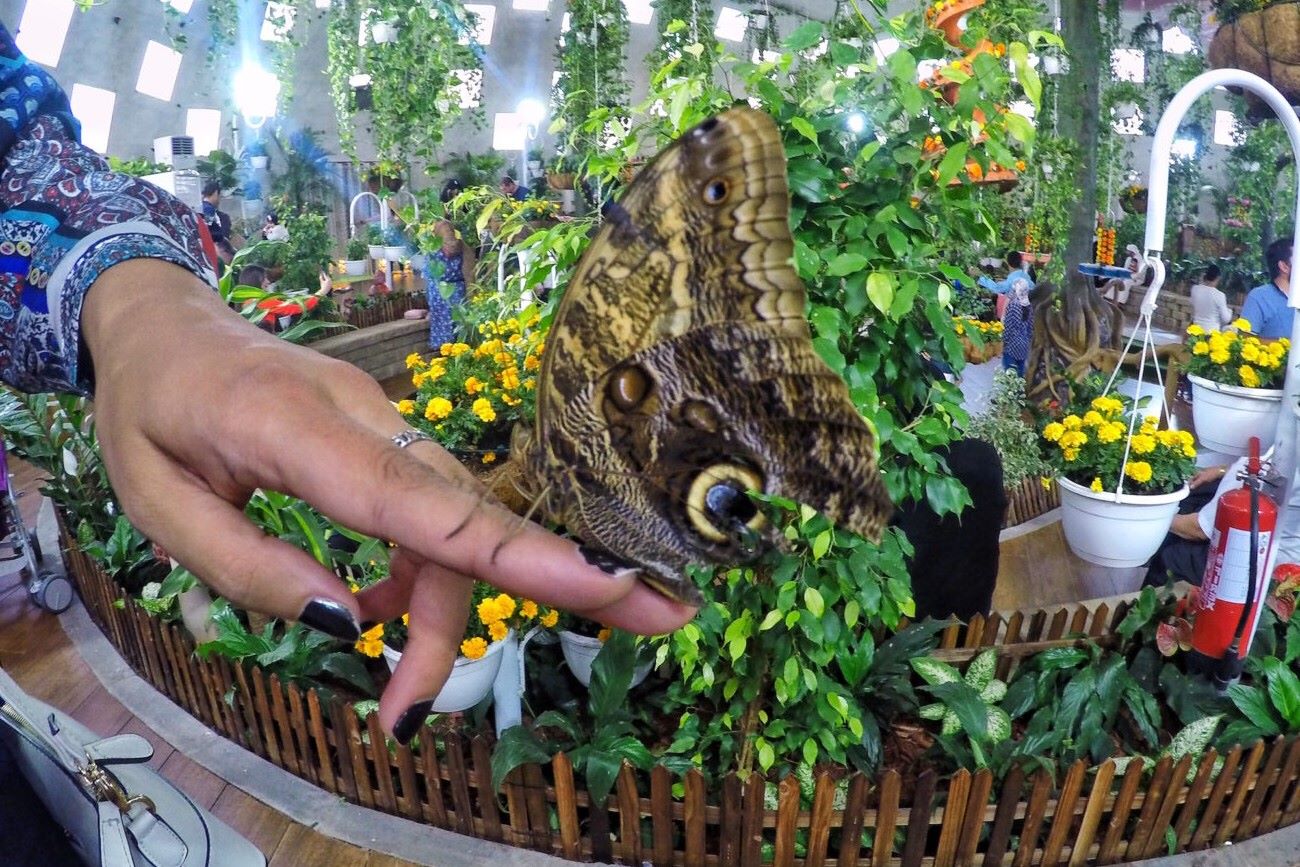
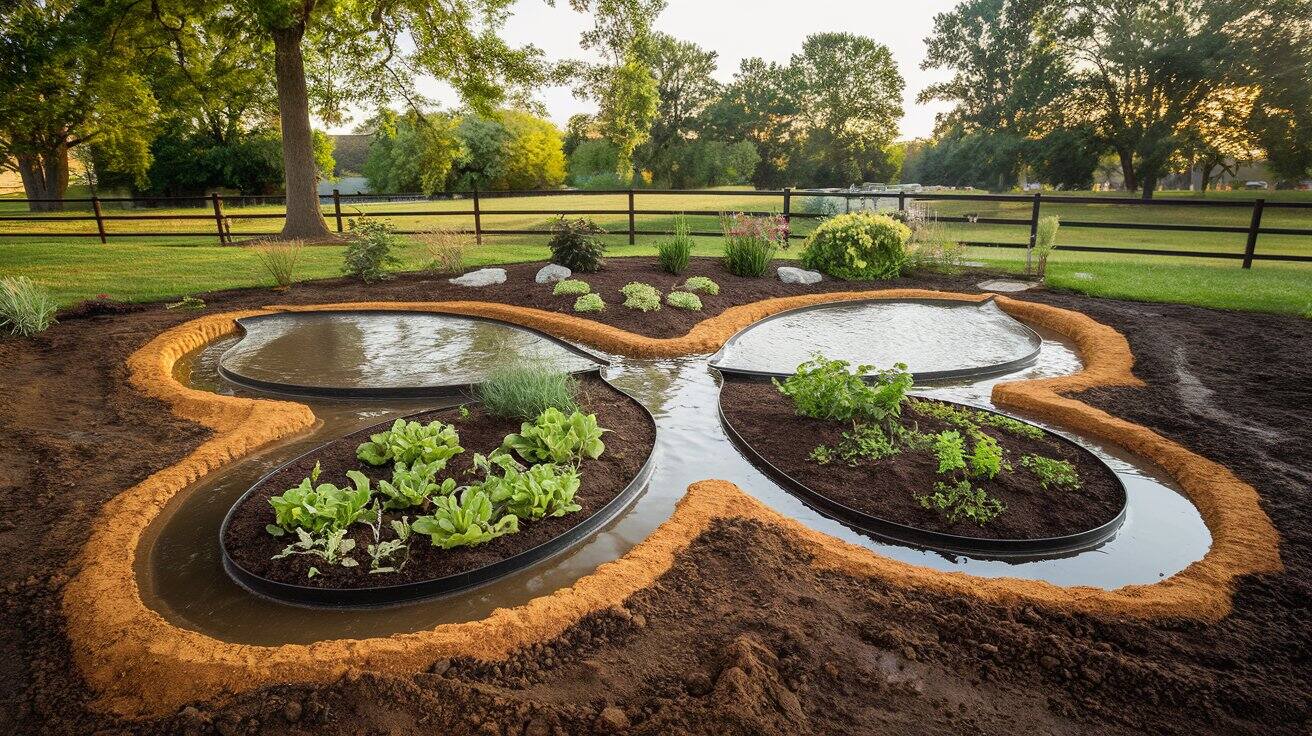
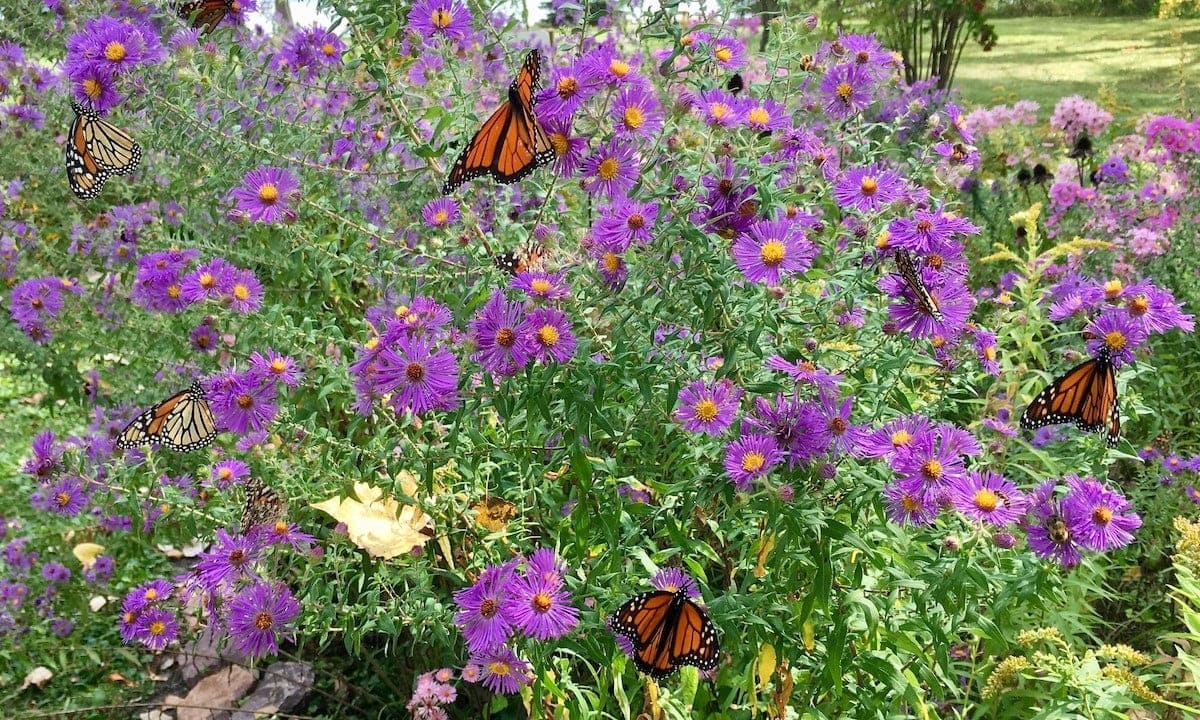
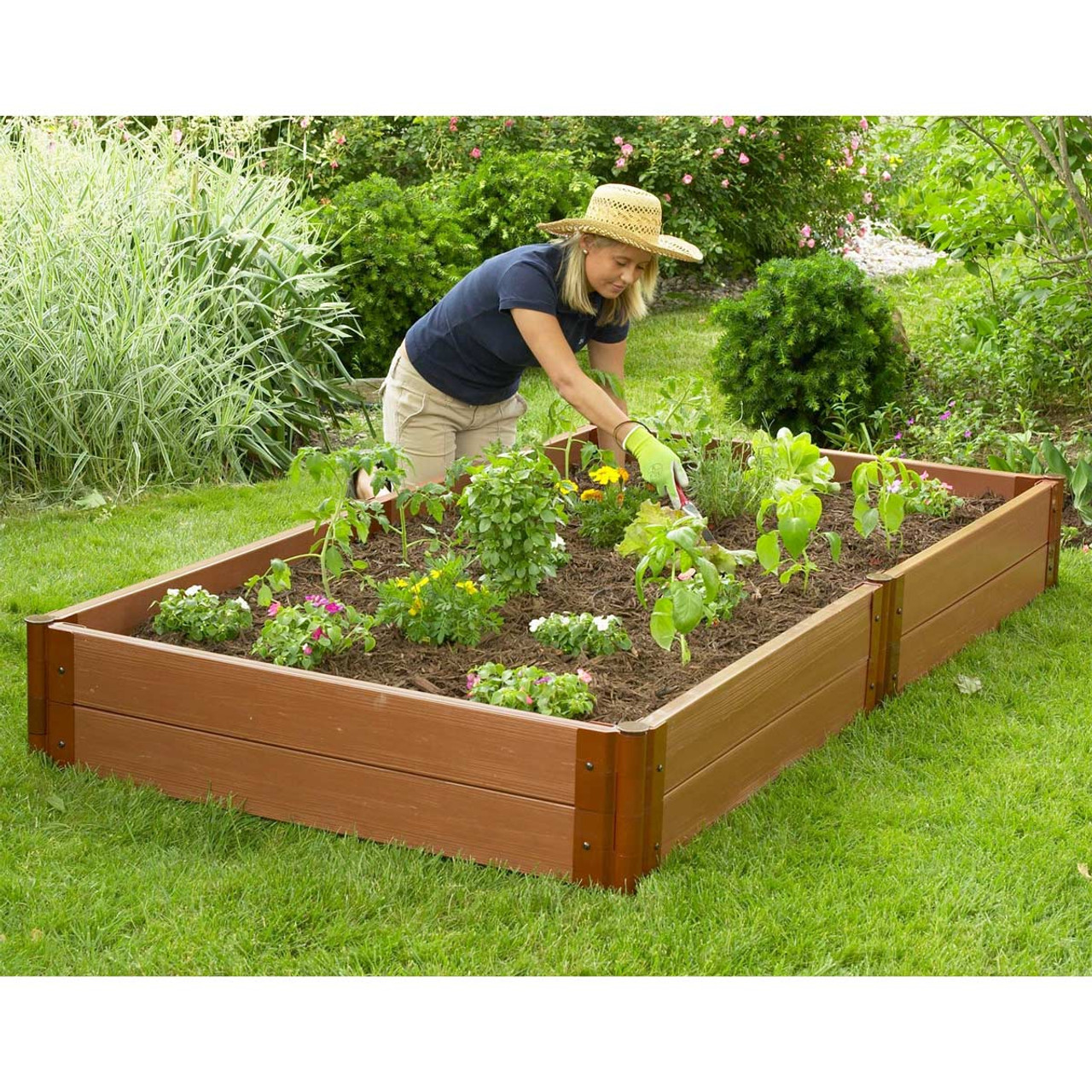
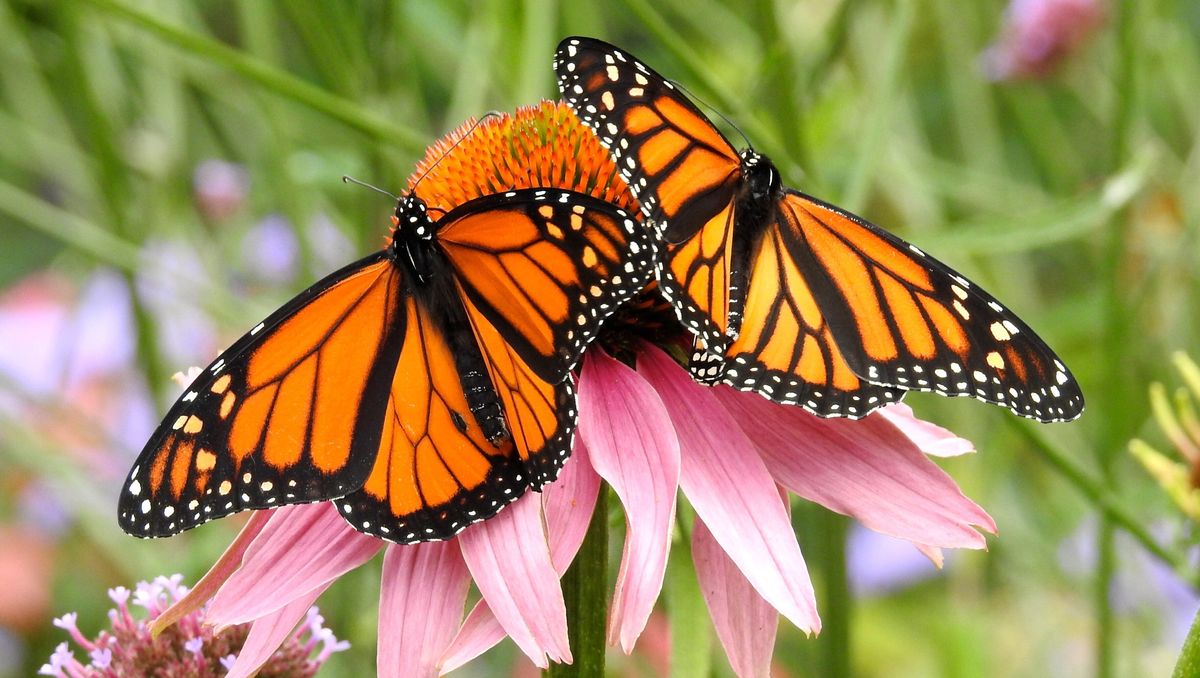
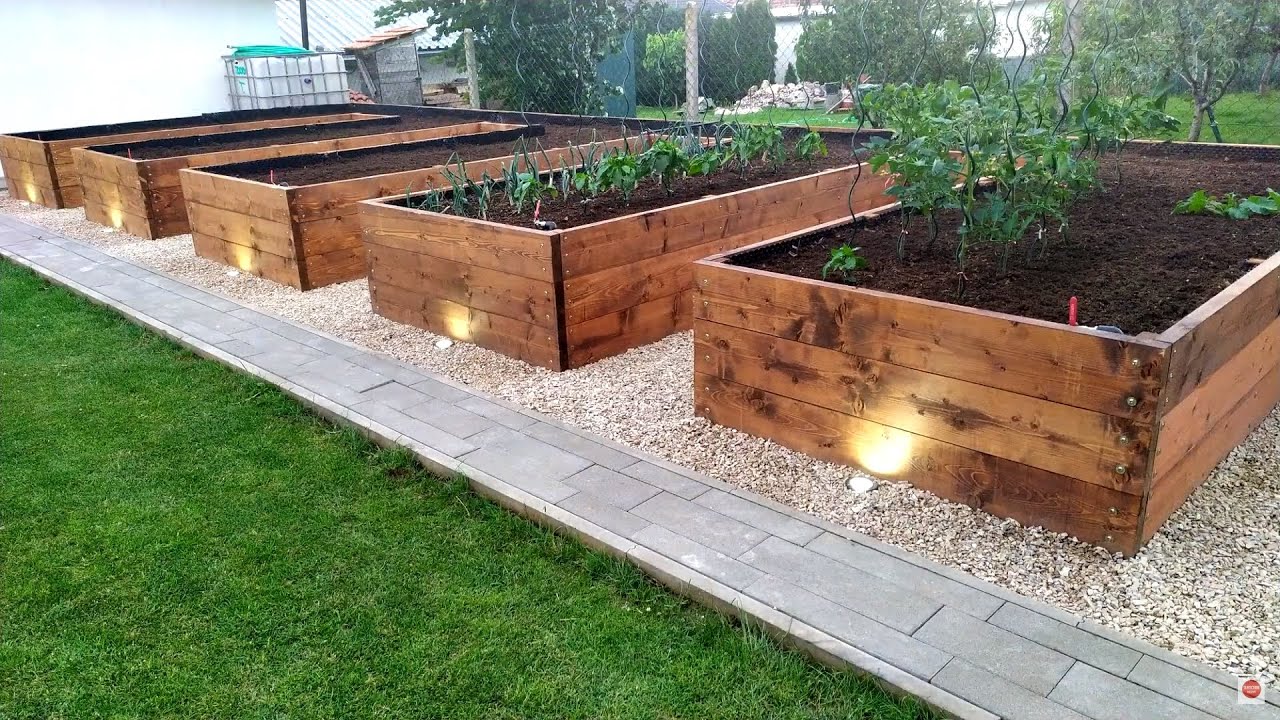
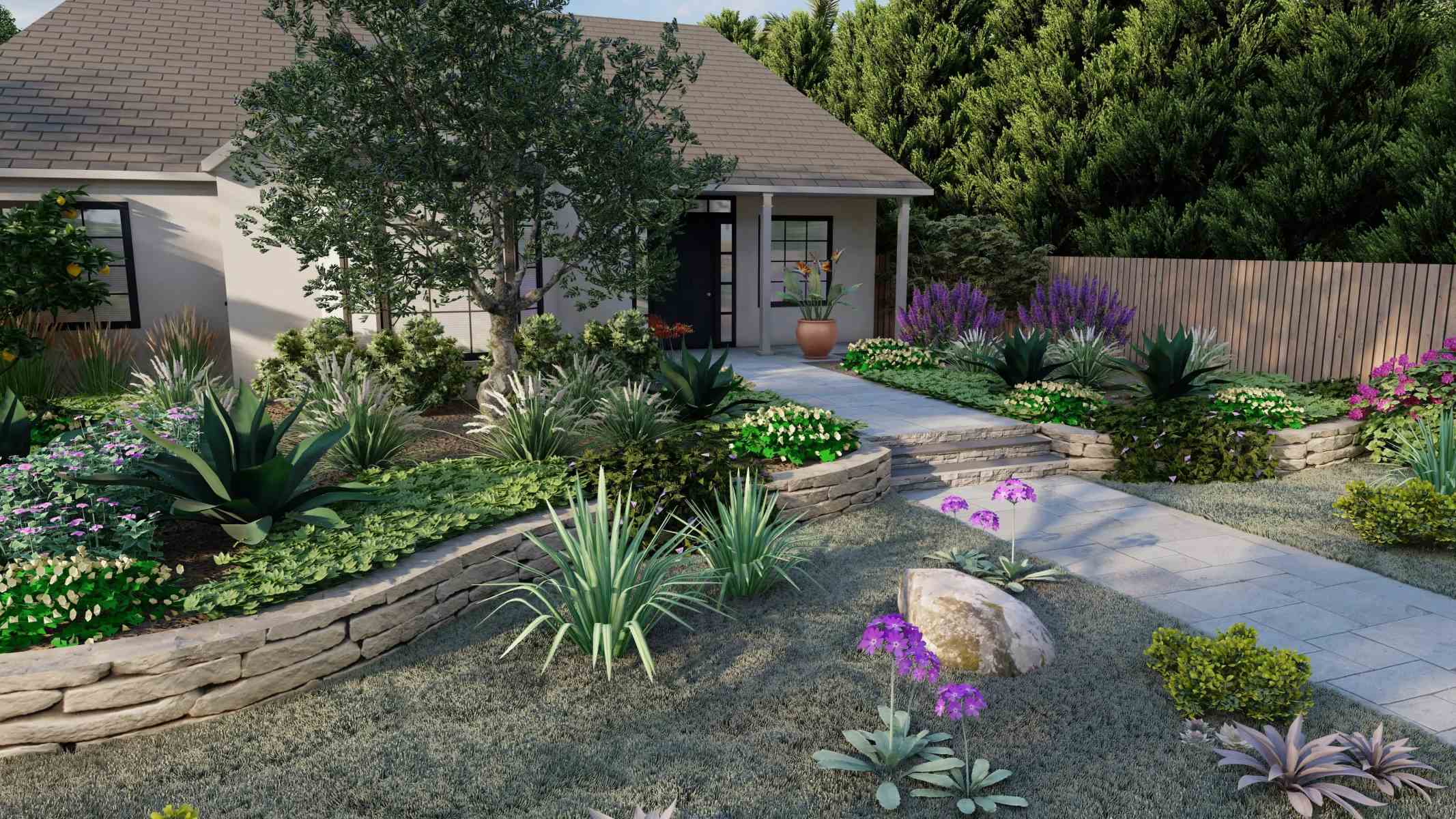
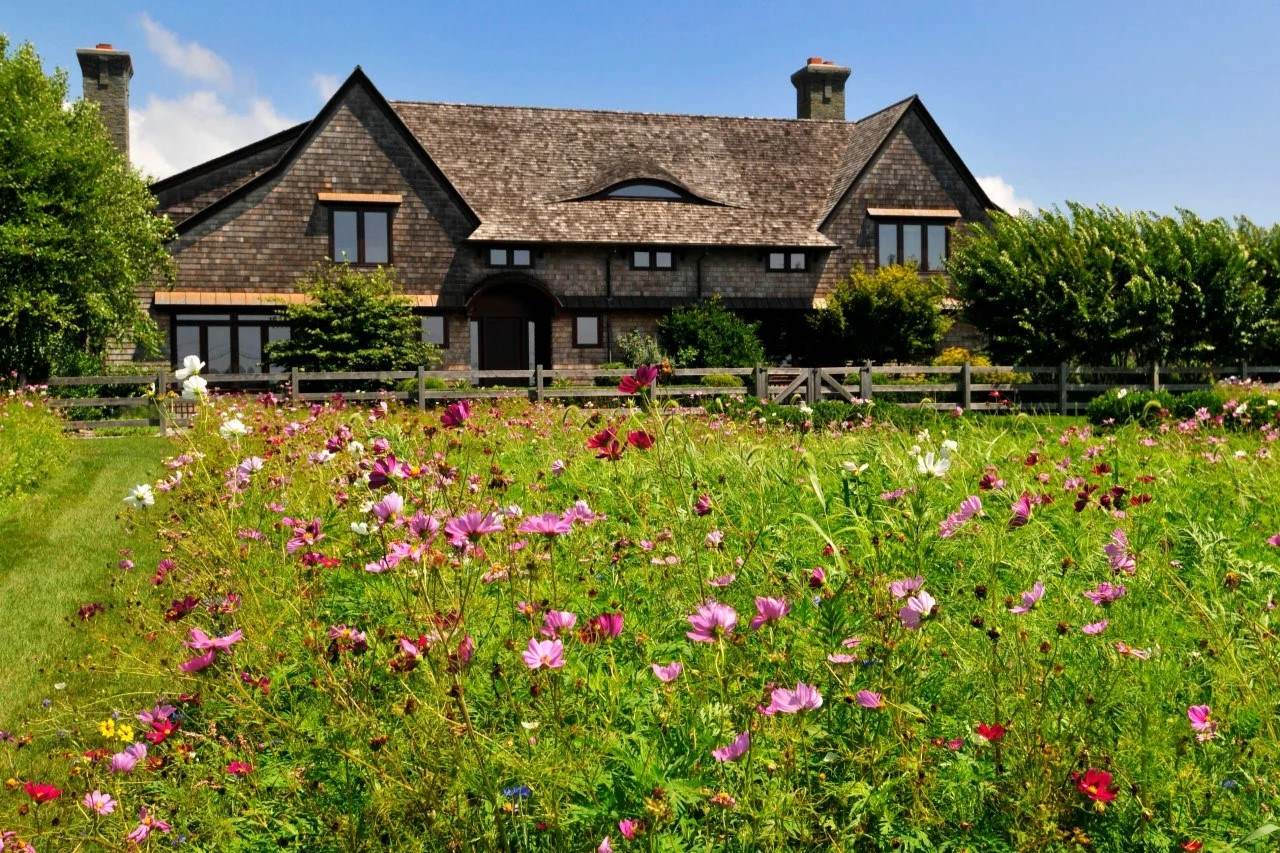
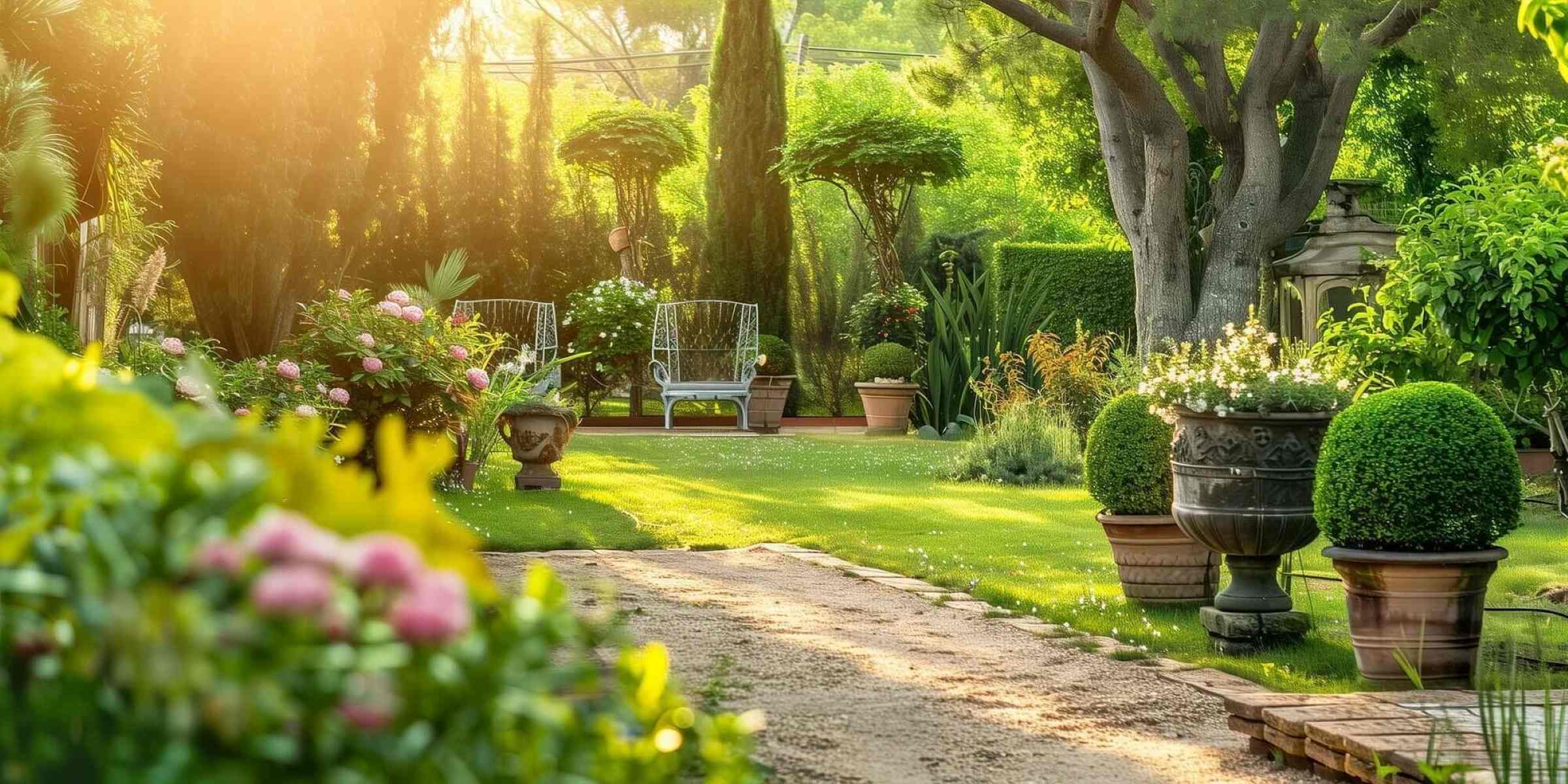
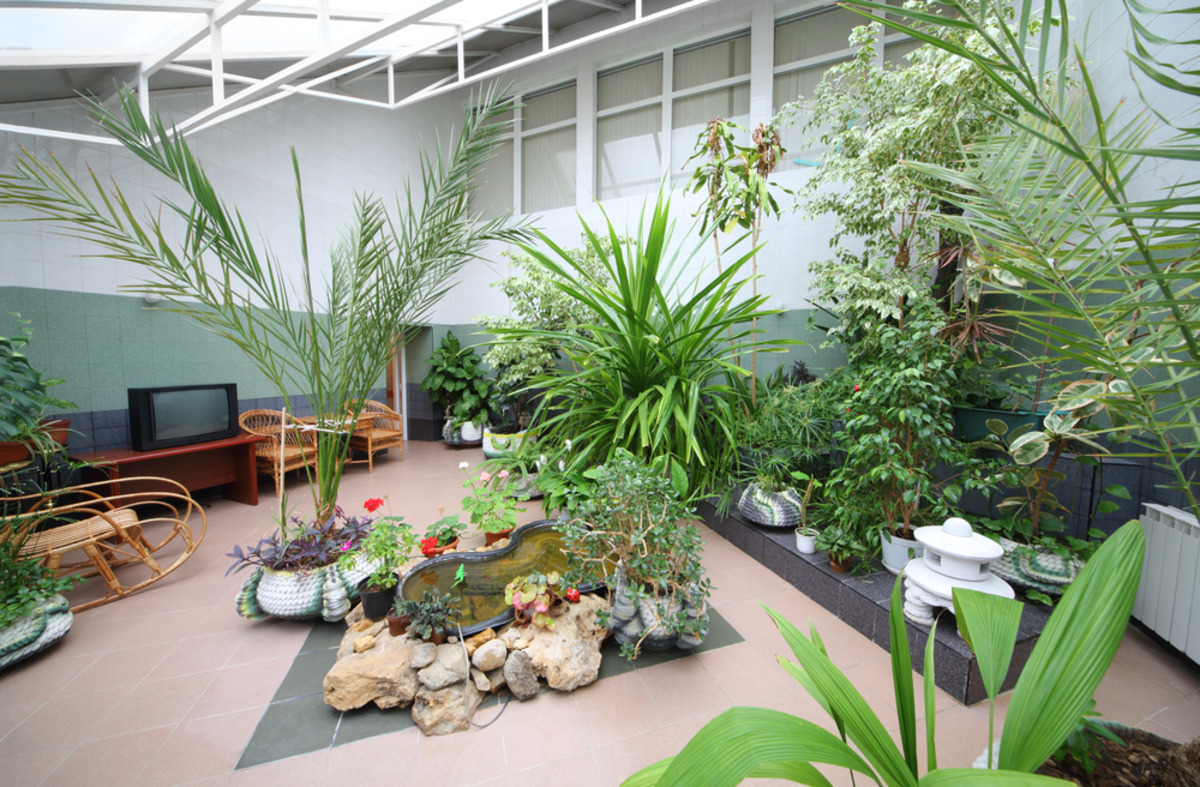
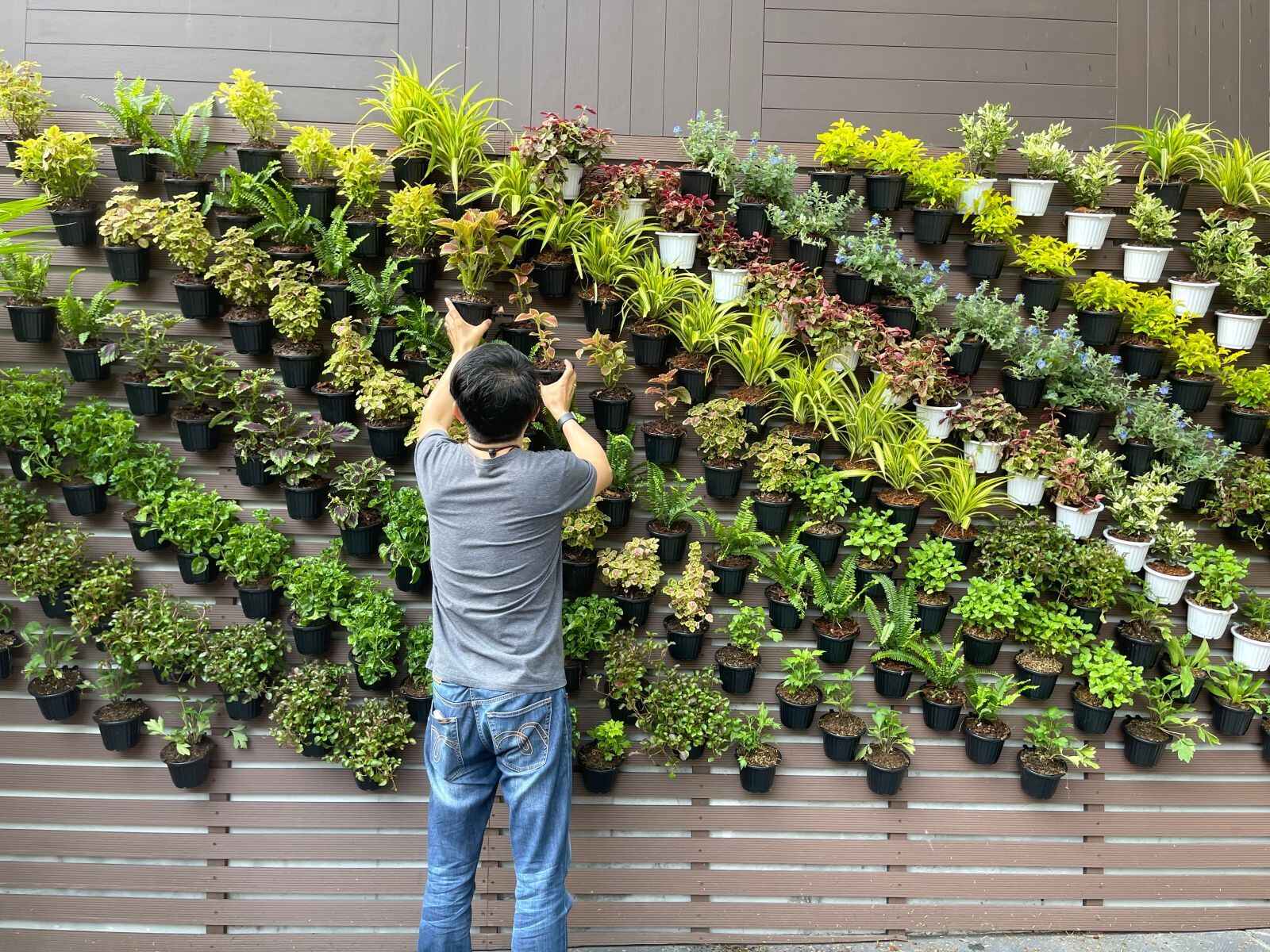

0 thoughts on “How To Create Butterfly Garden”